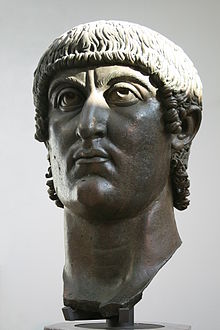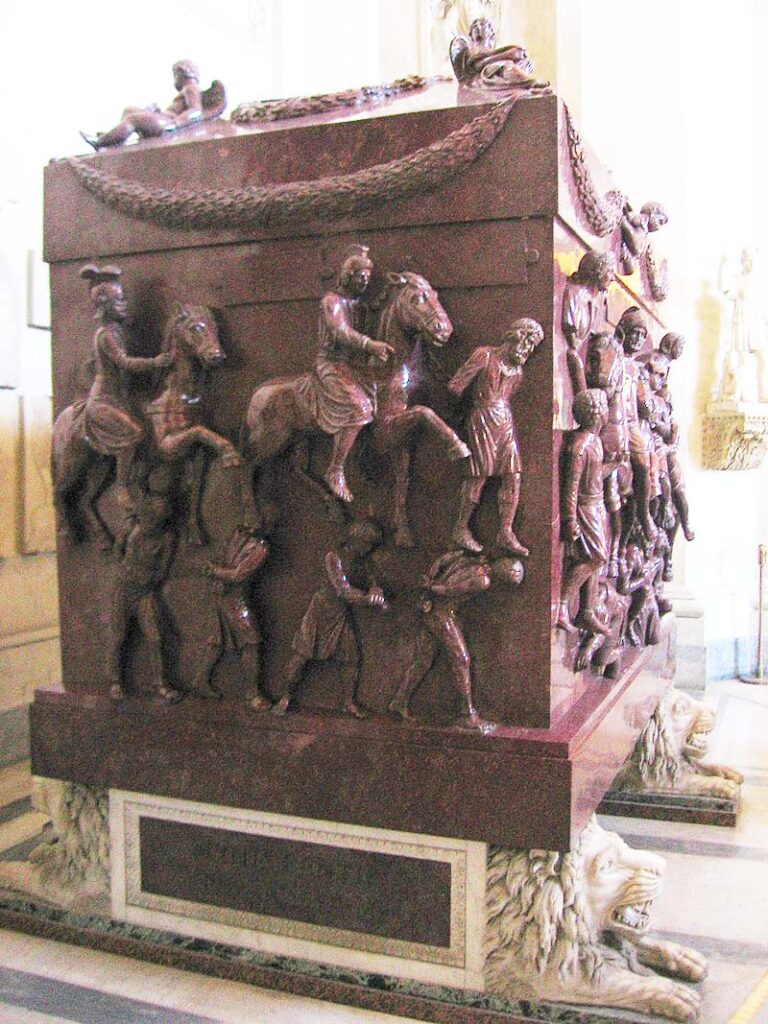
There used to be a British TV series called Connections which explained how modern events or inventions were derived. The show connected all the historic dots.
May 11th will be the anniversary of the founding of the city of Istanbul, Turkey back in AD 330. Situated at the exact divide between Europe (Greece) and Asia (Turkey), the site has gone through four name changes since the Greeks occupied it as the town of Byzantium. So, what does this have to do with Italy and our Italian legacy?
About two centuries after Christ, barbarian hordes pressed against the borders of the Roman Empire, especially north of Greece in the Balkans. Geography dictated that the Empire needed a second command post – distant from Rome – to defend the eastern part of the vast realm. Emperor Constantine chose Byzantium as the most strategic and defensible location. For six years he transformed Greek-speaking Byzantium into a Latin-speaking citadel he named Nova Roma on May 11, 330. The Greek inhabitants joined with new Latin settlers to proudly called themselves Romaioi (Romans), a name they still used well into modern times.
Strategically, Constantine hit a grand slam. Soon after founding the city, it became known as Constantinople in his honor. This offspring of Eternal Rome lasted until 1453 when the Turks conquered it. Early on, as the capital of the eastern Roman Empire, the Latin-speaking rulers of Constantinople after Constantine (Emperor Justinian and General Belisarius) reconquered much of the western Empire, including Italy, which had succumbed to barbarian invasions. But that’s not where the story ends.

Emperor Constantine had legalized Christianity in AD 313 by his Edict of Milan. His own mother Helen had become a Christian and during the construction of Nova Roma, she visited the nearby Holy Land to retrace the life and death of Jesus. It was she who made the Church of the Nativity in Bethlehem and the Church of Eleona on the Mount of Olives, sites of Christ’s birth and ascension, official Christian landmarks. Moreover, she claimed to have found the True Cross of Jesus’s crucifixion, introducing the worship of relics into Christianity. Helen became a saint of the Catholic and Orthodox churches. She is entombed in Rome.
So, Constantinople became a savior of Roman and Greek civilizations as well as the defender of Christianity in the Holy Land until the rise of Islam in the AD 600s. Thereafter, it transmitted the genius of classical Greece and Rome to its curious Arab neighbors. This led to the flowering of Arab science and secular studies. This period of Arab erudition spread across Africa and into Spain and Sicily along with the Sword of Islam. Ironically, it reconnected Italians and Western Europe to their faded Greco-Roman roots.
Still not the end of the Constantinople story.
With the Turkish conquest of the city in 1453, scores of Greek scholars fled the city to find refuge in Italy. They brought with them rare archives of classical works and the ability to translate and transcribe ancient Greek documents discovered in Italy. This collaboration supercharged the rebirth of classical Roman and Greek knowledge that we know as the Italian Renaissance (Rinascimento) and spurred on Italian sciences that later produced Da Vinci, Galileo, and others.
If all this weren’t enough, the fall of Constantinople created a Turkish monopoly on Asian spices, so vital to Europeans. Soon, a host of Italian navigators offered a novel way to circumvent the monopoly via the Atlantic Ocean.
Thus are all the dots connected. -JLM




and why it is so insane to talk about Columbus without understanding his motivation in going west searching for trade routes to the Indies, away from very brutal Muslim Turkish control. Maybe the anti “Western Europeanites” should blame the Turks for what came down….but that ain’t going to happen since it’s not politically correct to blame anyone except Europeans for the world’s calamities.